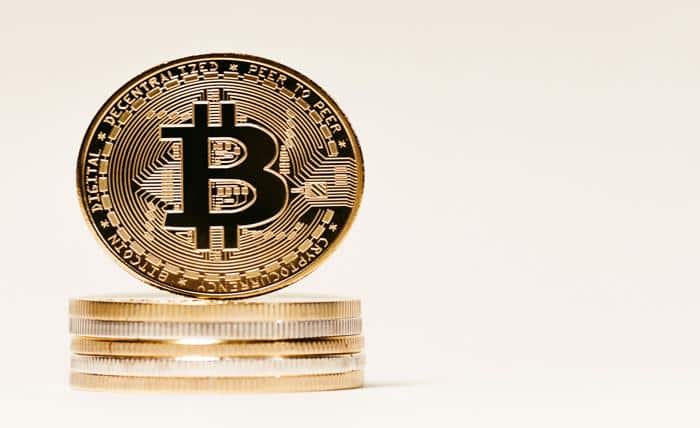
Once confined to a small group of early adopters, Pi has moved into the spotlight in 2025, driven by its launch on large exchanges and a surge in user activity. This report looks at how those listings and an engaged community are guiding its price path and offers an up-to-date view of the asset on the global stage.
By mid-2025, Pi Network has shed its earlier experimental label. What began as mobile mining is now live on leading centralized platforms, a change that has caught both institutional buyers and everyday traders. Today, Pi trades at about $0.44, giving it a market cap near $3.4 billion. Although these numbers remain modest compared to giants such as Bitcoin or Ether, they represent a clear shift from the period when Pi was valued largely on speculation rather than actual market activity.
The following analysis covers four main areas: how new exchange venues are boosting public trust, the effect of a swelling user base on overall visibility, the way that spotlight is translating into Pi network price swings, and the sentiment within the community that could drive Pi for years to come. Speculative forces remain, yet available data points to a genuine shift in how Pi is valued, held, and traded.
Growing Exchange Listings Boost Confidence
Over the past year, a string of listings on top exchanges has noticeably reshaped how Pi Network trades. These venues together process hundreds of millions in daily volume, giving the token far greater exposure than it had before. What was once limited to off-the-book deals and in-app ledgers is now anchored to formal orderbooks, where price discovery and liquid depth usually begin.
That onboarding has changed how many people think about and interact with the project. Investors generally label assets on serious platforms as lower-risk, a bias that strengthens when those launches follow clear road-map announcements and coincide with chain migrations. As Pi advances toward full mainnet status, real-time trading sheds light on supply, demand, and the day-to-day ebb and flow of prices.
Of course, being live on global venues invites the expected bursts of volatility that often define early listings. Even so, newfound liquidity lets holders enter or exit positions based on market signals rather than waiting for ecosystem milestones to arrive. Such flexibility does not silence all doubts, yet it moves Pi closer to the infrastructure and accessibility that characterize more mature digital assets.
User Adoption Rises Alongside Market Exposure
Even with the Pi network price still sitting below the half-dollar mark, pundits agree that steadily growing adoption is fuelling renewed market interest. More than sixty million users have signed up around the world, ranking Pi among the largest crypto communities ever assembled. The achievement is especially striking because mining happens entirely through mobile apps, letting people in areas without costly rigs join the ecosystem.
Adoption has moved in lockstep with a boost in daily trading volume, a surge that accelerated after Pi landed on several major centralized exchanges. The pattern hints that easier access sparks activity: when a coin can be traded freely, users are more willing to buy, sell, or simply experiment, even if swings in value still sting.
Today, over seven billion Pi tokens are circulating, a hefty supply that keeps growing as main-net upgrades release previously frozen reserves. While the steady stream may weigh on prices for a time, it also gives the market a chance to find value based on real buying and selling, not guesswork or pure speculation.
How Visibility Is Influencing Price Movements
Moving from informal deals to a public exchange has really changed how prices move. Take Pi: in July 2025, it lost almost 7 per cent in just one week, leaving traders to wonder what the market was feeling and where resistance lay. Experts warned that if the coin fails to hold above 0.44, automated sells paired with weak buying could push it even lower.
Much of the swing also traces back to the large token releases since Pi’s mainnet launch. On-chain records showed one wallet shifting more than 300 million tokens, sparking chatter about early backers or insiders acting in unison. No one proved the move was bad faith, yet its sheer volume rattled the crowd and added to the short, sharp drops.
That episode shows the bright and dark sides of greater visibility. New legitimacy and wider access are welcome, but they also put the asset under a magnifying glass. Whispers, big transfers, or even a brief outage can shift sentiment fast, especially when the coin’s total value remains tiny beside larger, older cryptocurrencies.
Having more data on hand lets traders and analysts react to news with hard figures instead of guesswork. Price charts, live order books, and years of historical records are now free for anyone to study, leading to sharper reads on trends and the behavior of investors.
Community Optimism Fuels Long-Term Potential
Even though the token sits roughly 85 per cent lower than its brief climb to around $3.00, Pi Network still pulls in serious backing from users worldwide. That loyalty shows in the flood of social media posts, community-run developer events, and node operators in Southeast Asia, Africa, and Latin America, keeping numbers high.
The network’s mainnet shift in February 2025 also triggered one of the biggest unlocks ever, freeing around $12.6 billion worth of tokens. Rather than crashing under the fresh supply, however, Pi held a strikingly steady price floor. Such behavior hints that most users are in for the long haul and not just for a quick flip.
Analysts often liken P Networks’ path to that of previous mobile-first projects, which saw wild price swings before settling into steadier ranges. What makes Pi different, however, is the sheer size and interaction level of its community; countless users are already coding apps and microservices inside the platform.
While projections for Pi’s future value run the gamut, from cautious rebounds to optimistic, the same arguments keep surfacing: how active the network is, how many devs contribute, and whether markets keep trading the coin. These indicators will ultimately decide whether Pi evolves from a mobile experiment into a mainstay of the digital economy.
Looking Ahead for Pi Network
Pi Network in 2025 finds itself at a crucial turning point for any young asset. New exchange listings have lifted it into the public trading spotlight, adding liquidity and drawing attention from both enthusiasts and skeptics. Yet the coin is not immune to sharp swings, especially as previously locked tokens enter circulation and chart patterns begin to dictate short-term price behavior.
Because people in less-connected areas find Pi easy to mine on phones, the project has spread worldwide and kept its relevance even when the price moves up and down. Experts think the coin’s future will hinge on real tools and services that show up in its expanding network, not on quick trades. Right now, Pi Network has made its mark on the crypto chat, and its staying power will ride on how smoothly it adjusts once trading goes fully free and open.




